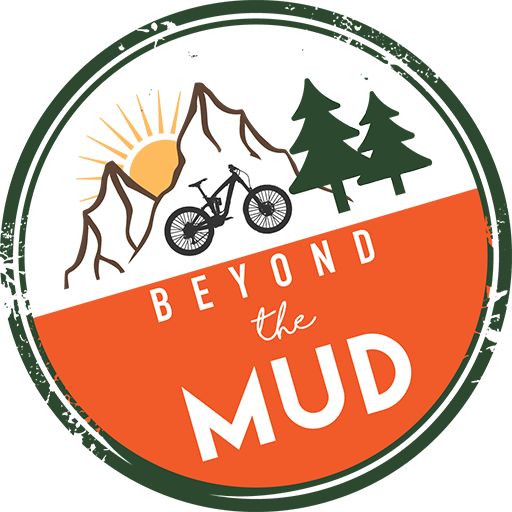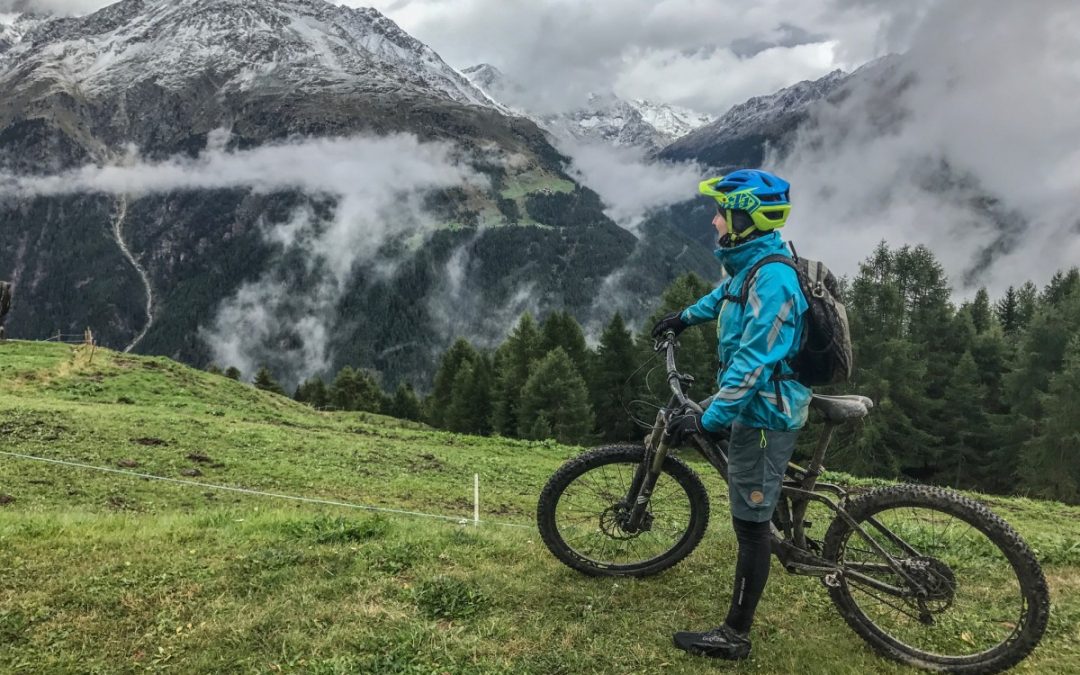There are times in UK winters when you think, could this get any colder/wetter/more miserable? Will the trails ever be anything other than slop again? Ok, riding in the wet can be fun and sliding around or just getting down some tracks may be an achievement. But there comes a point when all the kit cleaning (and bike maintenance) starts to wear thin, and the motivation to focus on your riding drains away…
So what can you do about it?
1. Goals – Name it & Nail it!
Everything else stems from this. If your goal for MTB riding is to maintain health and fitness then it’s simple enough to switch out riding for indoor training when you’ve had enough of bad weather. There are plenty of guides and plans to help you with this, which should basically amount to ‘Get Fit, Get Strong’. When you get back on the bike your skills will be a bit rusty, but it won’t take long to get to where you were before.
If you have specific goals, such as preparing for events or races, or achieving a certain skill level, then it’s important to think creatively and get intentional. Your goals need to be directly related to your event. For example, I have two goals for next year. One is to get improve my speed on faster slick downhill tracks, something I struggled with last year. The other is to get a top 3 result in my category at the Kirroughtree PMBA race; a race which suited me and I enjoyed.
2. Skill Progression – 1 step forward…1 step forward
If you have competitive or specific mountain biking goals then skill progression is essential.
In skill development, there are four key concepts to consider:
- Variation – Taking different approaches to the same learning task can improve flexible thinking and problem solving. When external factors become a problem, you need to find ways around maintaining a schedule .
- Specificity – If your training is not specific to your goal, then you could end up making zero measureable progress. This means training needs to be both rider and event specific. On a psychological level, specificity can be seen as meaningful and purposeful practice.
- Frequency & Intensity – Skills are not acquired linearly, and can happen in jumps and steps. If training is not frequent or intense enough, then progression through these steps could be so slow that you don’t progress at all.
- Simple vs Complex Skills– Simple skills can often be practiced out of context in a predictable environment, whereas complex skills are much closer to the environment your goal is focused on. For example, learning to jump by bunnyhopping over a stick, is a simple skill or technique. Clearing an unfamiliar jump, on a wet downhill track, with a technical steep run in, is a complex skill. While these two actions have aspects in common, there are some key technical differences.
You also need a way of measuring progress. My focus is on racing, so the key outcome to measure is speed. But it’s also important to have a variety of different measurements, both quantitative and qualitative. So, I also want to improve at jumping, which I can measure by comparing videos of me jumping with a better rider. Or simply noticing how comfortably I ride jumps on a particular trail.
3. Fill Up the Willpower Tank
Your training should be rewarding and enjoyable. Everyday, we have limited willpower and mental energy. So when you are running low on motivation it’s important to decide whether what you are doing will spend reserves or replenish them. The most specific sessions you do should require the most from you. There is little point putting all your energy into sessions that don’t give you measureable progress. On the flip side, sessions that are not very specific but are fun, will keep you motivated and interested in your riding.
Confidence is also an important factor. Training that focuses on your weaknesses can be demotivating and progress can be slow. So make sure to mix up your training with aspects you enjoy.
4. Creative & Purposeful Practices
If you are want to see real progress towards your goals you need creative and purposeful training exercises. They need to be challenging and specific, and cover both simple and complex skills.
The key thing to getting this right is properly understanding the demands of your event and being intentional about how you will improve. This is where outside input can be really helpful. An expert rider or coach, who is able to help you identify what the key areas of improvement are for you.
Have something solid to work towards. A number. But make sure its specific. Its tempting to gravitate towards the easiest thing to measure. So for an intermediate level downhill rider i think it’d be more helpful to measure time gains on splits on a variety of features and track sections, than improvement in bench press 1 rep max test. It might seem like a lot of effort you will be measuring fractions of a second. But with a video analysis App and practice, its not that hard.
Or for an XC racer, it maybe tempting to set your primary goal as improving your FTP in a Wattbike test. But it may be better to measure your pace on specific sections of a climb and descend lap over multiple consecutive repetitions. Not only will this give an indication of endurance, but also technical/tactical ability.
You can still measure those other things, upper body strength & aerobic endurance, but making it your primary focus may draw away from the key area for improvement.
These two examples, are very specific exercises, largely focused complex skills. You can also do a simpler exercise working on a specific technique, such as a slalom on flat ground to work on cornering, or some trials skills to work on balance and weight shift.
5. Embrace the Slop
Bad weather tends to come with an unpredictable environment: dark, wind, rain, wet mud, slippery roots, maybe even snow and ice. Riding in challenging conditions will help you to be more responsive to your surroundings and better at interpreting what’s coming up in the trail ahead.
Much of our vision is created by our brain guessing what’s in front of us, as we are not capable of processing all the visual information that enters the eyes. A key skill in both Enduro and Downhill is reading the track intuitively and responding with action. Reduced visibility due to rain and mud means your brain has to work harder and rely on intuition and feel. Feel, being the physical sensations through contact points and balance (or proprioception). Think about your own experience of riding wet off-camber roots compared to dry conditions. Your line wavers as the bike slides underneath you, so you have to be loose gently adjusting where your weight is on the bike, looking ahead focusing on your exit. The more you ride in these conditions the more in tune you will be with the bike.
Maybe it’s time to embrace the slop?
I’d love to hear comments on winter riding. What helps you keep motivated?

